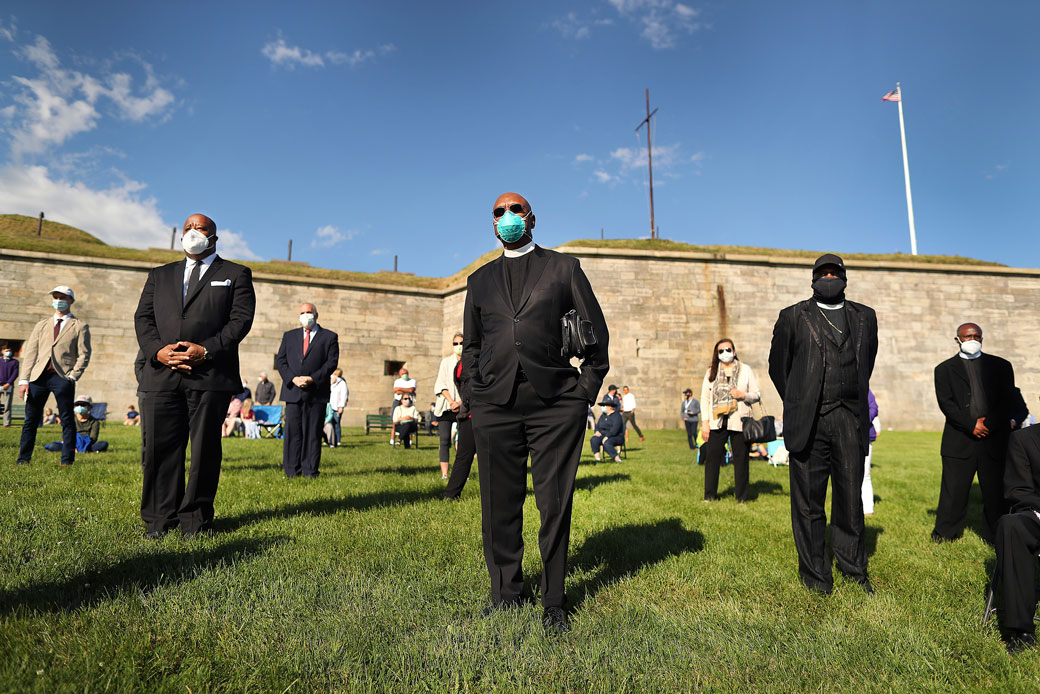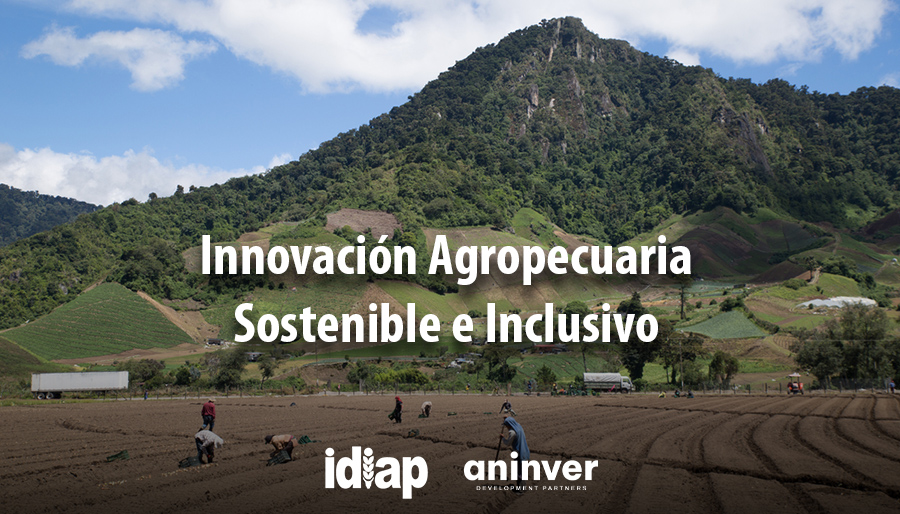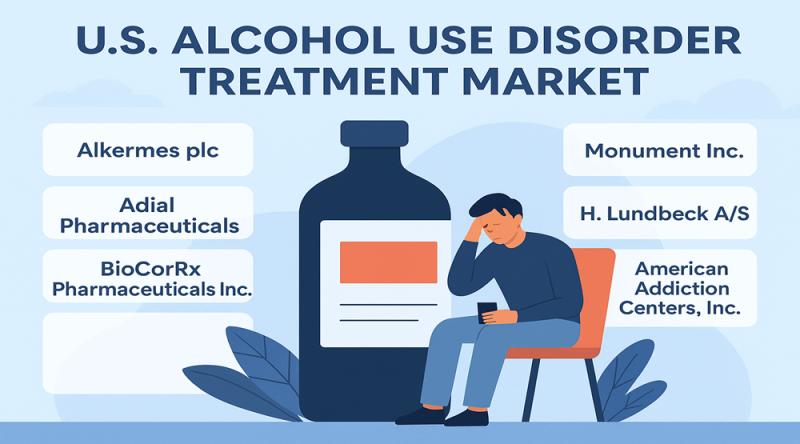Ranking Member Takano Condemns Trump Administration’s Rollback of Veterans’ Reproductive Healthcare Protections – House.gov

Report on Proposed VA Policy Change and Sustainable Development Goal Implications
Executive Summary
A proposed regulation by the Department of Veterans Affairs (VA) aims to reinstate a comprehensive ban on reproductive health services, including abortion counseling and care. This policy reversal has drawn strong opposition, citing significant negative impacts on veterans’ health, rights, and well-being. The proposed rule directly challenges the principles of several United Nations Sustainable Development Goals (SDGs), particularly those concerning health, gender equality, and reduced inequalities.
Policy Chronology
- 1999 Regulation: The VA instituted a policy prohibiting any abortion-related services, counseling, or referrals, even in cases of rape, incest, or threat to the patient’s life. This was noted as more restrictive than policies at other federal agencies.
- September 2022 Modernization: Following the Supreme Court’s Dobbs decision, the VA’s medical regulations were updated to allow for abortion counseling and, in limited circumstances, abortion care. This change aligned the VA with a broader standard of healthcare access, ensuring veterans could receive vital medical services regardless of state-level restrictions.
- August 2025 Proposed Reversal: A new proposed rule seeks to nullify the 2022 modernizations and fully reinstate the restrictive 1999 ban on all reproductive health services.
Analysis of SDG 3: Good Health and Well-being
The proposed ban directly contravenes the core mission of SDG 3, which is to ensure healthy lives and promote well-being for all. By restricting access to a critical component of healthcare, the policy would have severe consequences for the veteran population.
- Increased Health Risks: The policy would eliminate access to medically necessary abortion care within the VA system, putting the lives of pregnant veterans at risk, especially in cases of medical emergency or non-viable pregnancies.
- Compromised Medical Care: It would prohibit VA medical providers from offering complete and honest counseling, effectively “gagging” them and preventing them from delivering comprehensive care based on a patient’s needs and medical best practices.
- Denial of Essential Healthcare: Access to abortion is recognized as a critical component of reproductive healthcare. Denying this service undermines the VA’s role as an integrated healthcare network responsible for the overall health of veterans.
Analysis of SDG 5: Gender Equality
The policy represents a significant setback for SDG 5, which aims to achieve gender equality and empower all women and girls. The ban disproportionately affects women veterans and undermines their fundamental rights and autonomy.
- Violation of Bodily Autonomy: The rule removes the freedom of women veterans to make personal medical decisions in consultation with their healthcare providers, substituting institutional policy for individual choice.
- Systemic Disrespect: The action is viewed as a signal that the administration does not respect women veterans or their right to control their own bodies and health decisions.
- Targeted Healthcare Restriction: The ban specifically targets a set of health services essential to women, thereby creating a gender-based barrier to comprehensive healthcare within the VA system.
Analysis of SDG 10: Reduced Inequalities
By reinstating the ban, the VA would exacerbate health inequalities among the veteran population, running counter to the objectives of SDG 10.
- Geographic Disparity: The policy would have a severe impact on veterans residing in states with total abortion bans or other reproductive healthcare restrictions, creating a two-tiered system of access based on location.
- Institutional Inequality: It would revert the VA to having the most restrictive reproductive coverage policy of any major federal agency, creating an inequality between the care offered to veterans and that available to personnel covered by the Department of Defense (DOD) or the Indian Health Service (IHS).
- Socioeconomic Barriers: Veterans who rely solely on the VA for healthcare would be left with fewer options than those with the means to seek care outside the system, deepening socioeconomic health divides.
Analysis of SDG 16: Peace, Justice and Strong Institutions
The proposed regulation raises questions about the VA’s commitment to justice and its integrity as a strong, accountable institution, key tenets of SDG 16.
- Erosion of Rights: The opposition characterizes the policy as an “unjust action” and a “direct attack on veterans’ rights,” undermining the promise of earned healthcare for those who have served.
- Politicization of Healthcare: The move is seen as substituting a political agenda for the sound medical judgment of healthcare professionals and the personal needs of patients.
- Institutional Instability: Reversing a recent modernization effort undermines the stability and reliability of the VA as an institution committed to evolving its practices to meet the healthcare needs of its population.
SDGs Addressed in the Article
- SDG 3: Good Health and Well-being
- SDG 5: Gender Equality
- SDG 16: Peace, Justice and Strong Institutions
Specific Targets Identified
SDG 3: Good Health and Well-being
- Target 3.7: By 2030, ensure universal access to sexual and reproductive health-care services, including for family planning, information and education, and the integration of reproductive health into national strategies and programmes.
- Explanation: The article directly discusses the provision of “essential reproductive healthcare,” “abortion-related counseling and care,” and “medically necessary reproductive healthcare” within the VA, which is described as the “largest integrated healthcare network in the United States.” The proposed ban is a direct reversal of a policy that integrated these services into the VA’s national healthcare program.
- Target 3.8: Achieve universal health coverage, including financial risk protection, access to quality essential health-care services and access to safe, effective, quality and affordable essential medicines and vaccines for all.
- Explanation: The article frames the debate around veterans’ right to healthcare provided by the VA. The statement argues that “access to abortion is a critical component of reproductive healthcare” and that stripping away this access denies veterans “quality essential health-care services” they have earned.
SDG 5: Gender Equality
- Target 5.6: Ensure universal access to sexual and reproductive health and reproductive rights.
- Explanation: The article highlights that the policy change disproportionately affects “women veterans” and their “choice to make personal healthcare decisions about their bodies and their health.” The statement describes the ban as a violation of rights and a rollback of the “freedom to make personal medical decisions,” which is central to reproductive rights.
SDG 16: Peace, Justice and Strong Institutions
- Target 16.b: Promote and enforce non-discriminatory laws and policies for sustainable development.
- Explanation: The proposed regulation is described as an “unjust action” and an “extreme policy.” The article implies the policy is discriminatory by specifically noting its impact on “women veterans” and how it denies them access to care available to others or previously available to them, especially those in states with restrictive laws.
Indicators Mentioned or Implied
- Implied Indicator for Target 3.7: The existence and scope of regulations governing reproductive health services within the VA.
- Explanation: The article provides a clear measure of progress or regression by contrasting the “modernized VA’s medical regulations in September 2022” (which allowed abortion counseling and care) with the proposed reinstatement of the “outdated and extreme 1999 ban.” The status of this specific regulation serves as a direct indicator of access.
- Implied Indicator for Target 5.6: The degree of access women veterans have to comprehensive reproductive healthcare and counseling through the VA system.
- Explanation: The article states that the proposed rule would affect “hundreds of thousands of women veterans” and gag medical providers from providing “complete and honest care.” An indicator would be the number or proportion of women veterans who can access these services and the legal ability of VA providers to offer counseling.
- Implied Indicator for Target 16.b: The content of the VA’s regulatory framework concerning reproductive healthcare.
- Explanation: The article focuses on the “proposed regulation” itself as the mechanism of injustice. An indicator is whether the VA’s official policies permit or prohibit specific medical services (like abortion care) and counseling, especially in cases of rape, incest, and threat to life, which were previously banned under the 1999 regulation.
Summary of Findings
| SDGs | Targets | Indicators |
|---|---|---|
| SDG 3: Good Health and Well-being | 3.7: Ensure universal access to sexual and reproductive health-care services. | The status of the VA regulation (e.g., the 1999 ban vs. the 2022 modernization) governing the provision of abortion counseling and care. |
| SDG 5: Gender Equality | 5.6: Ensure universal access to sexual and reproductive health and reproductive rights. | The ability of women veterans to make personal medical decisions and access comprehensive reproductive healthcare through the VA. |
| SDG 16: Peace, Justice and Strong Institutions | 16.b: Promote and enforce non-discriminatory laws and policies for sustainable development. | The content of the VA’s proposed regulation and whether it constitutes a discriminatory or unjust policy against a specific group (women veterans). |
Source: democrats-veterans.house.gov

What is Your Reaction?
 Like
0
Like
0
 Dislike
0
Dislike
0
 Love
0
Love
0
 Funny
0
Funny
0
 Angry
0
Angry
0
 Sad
0
Sad
0
 Wow
0
Wow
0























































![Significant progress made, but urgent action continues to be needed with 16 million people facing severe levels of acute food insecurity and 1.6 million children acutely malnourished in Bangladesh [EN/BN] – ReliefWeb](https://reliefweb.int/sites/default/files/styles/large/public/previews/31/9e/319ed978-b5f5-4b6d-9b3d-e530da6422ec.png?#)













![[COPY] Women Are Quitting. WTF Is Happening? – Substack](https://substackcdn.com/image/fetch/$s_!XkPN!,w_424,c_limit,f_auto,q_auto:good,fl_progressive:steep/https://substack-post-media.s3.amazonaws.com/public/images/16c48462-ec27-40d9-8bd9-bf8a0efa0cc0_756x836.png?#)







